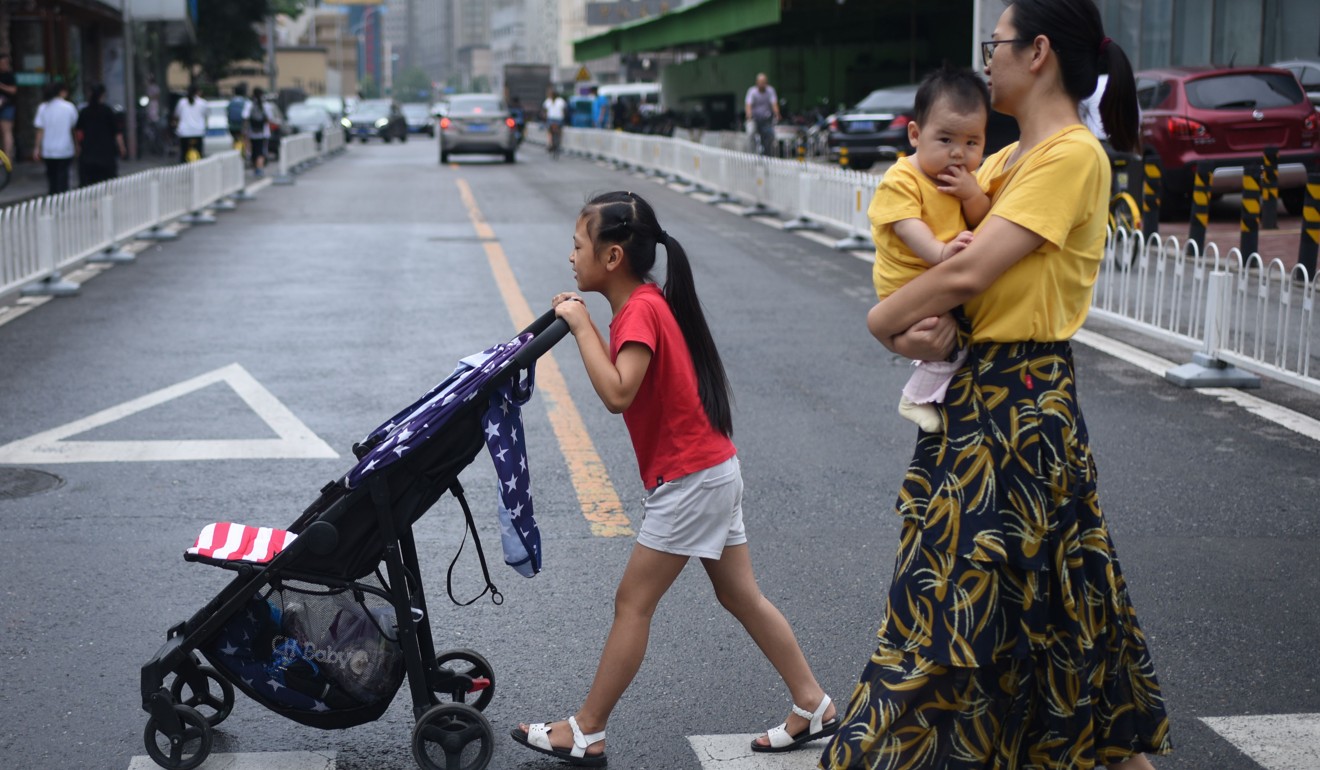
China should simply adapt to fewer births and an ageing society
- Paul Yip says government policy alone cannot reverse the trend of a declining fertility rate, while a demographic dividend has its limits. Beijing should focus on raising the quality of its workforce to minimise the economic impact
With 16.8 per cent of its population aged 60 years or above in 2017, projected to rise to 25 per cent by 2030, China is rapidly heading towards becoming an ageing society due to its low fertility rate and improvements in life expectancy. As it is the world’s most populous country – with 1.4 billion people, nearly a fifth of the global population – the impact of China’s ageing on the global economy cannot be underestimated.
It’s doubtful such a move would be effective, however. In many high-income societies in Asia, the younger generations prefer to have only one child, or no children at all. Having a small family has become the norm in modern China. It is futile to try to reverse these trends by any economic incentive as it is unlikely to be effective or cost-effective.
The total fertility rates in major cities, such as Shanghai and Beijing, were already below one before the policy was eased. Some mainland couples simply chose not to exercise their right of having one child.
In an analysis on ways to raise the birth rate, Mengni Chen and I show that the focus should be on increasing the number of marriages and first births, as there is a large population of unmarried women and married women without children. It is important to address the barriers to getting married and having a first child.
It is worth noting that, in our research, the younger generations tend to describe being married without children as being “childfree” rather than childless. This illustrates the widespread perception that raising a child is a burden – difficult and unaffordable.
The latest statistics suggest that in many high-income Asian societies, including South Korea, Singapore, Taiwan and Japan, many married women either delay or even forgo having a child. The trend is worrying. In all these societies, women are now more educated and have more work opportunities. The opportunity costs of having a baby are seen as too high for many. As a result, the average fertility rate in these societies is only about 1.3.
At the other end of the spectrum, Asian societies with total fertility rates above 2.1 – such as Nepal, the Philippines, Malaysia, Thailand, Bangladesh, Pakistan and India – may not have to worry about population ageing, but they face other challenges. They are under pressure to provide sufficient employment and services to their population, especially those societies which already have a huge population.

A sizeable number of people in these countries leave to seek work abroad. Many Nepalese, for example, work in different parts of the world, and the remittances they send back account for nearly 32 per cent of Nepal’s gross domestic product.
In Hong Kong, we have more than 350,000 foreign domestic helpers from the Philippines, Indonesia and Thailand. All these countries have high fertility rates and a much younger population.
Hence, the so-called demographic dividend that comes from having a younger population profile cannot be taken for granted. The proper infrastructure has to be in place, along with sufficient economic development, to maximise its advantage. Otherwise, it would be difficult to improve people’s quality of life.
India is another good example. It has a relatively high fertility rate, at about 2.5, and plenty of young people. It is forecast to have more people than China by 2020. But many young Indians lack a good education and work opportunities. When a government fails the expectations of the young, this can sometimes lead to political instability.

Economic development is crucial. If the concern of the Chinese government is to ensure productivity does not fall behind amid an ageing population, it should promote skills enhancement and automation to raise labour productivity. Simply asking workers to do longer hours for lower wages is not effective and nearly impossible these days anyway.
If China can invest in education and training, and create more working opportunities for its people to excel, the prospects of it improving the quality of life for its people is better than India’s. Certainly, land, water and air resources need to be protected, and governance and the rule of law should be improved. It is the quality of the population, rather than its size, that will determine whether China can successfully become a middle-income country by 2050.
There is no short cut, only hard work, to putting things in place to make good use of the existing human capital. Population development is like a big container ship that needs to be monitored and steered away from potential problems before it is too late. It is nearly impossible to change direction quickly.
Paul Yip is chair professor of population health in the Department of Social Work and Social Administration at the University of Hong Kong

